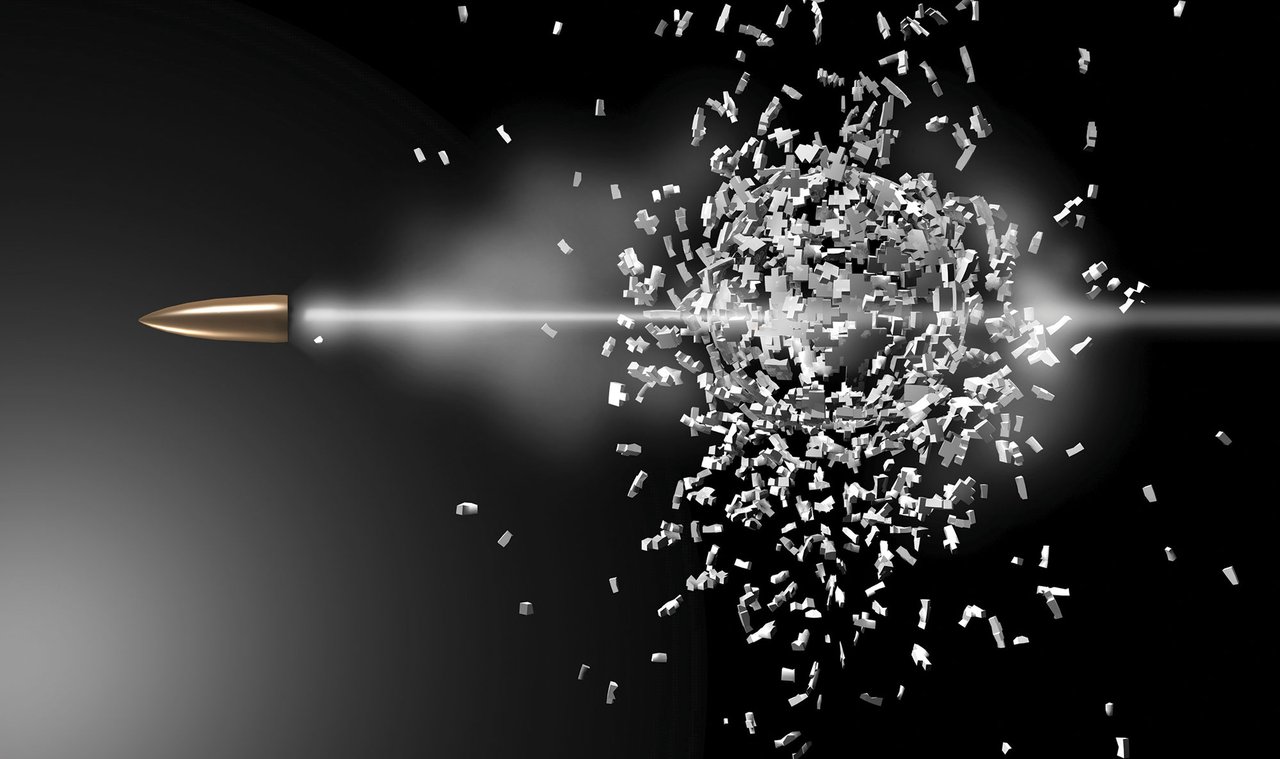The Savannah River Site (SRS) is a key Department of Energy (DOE) industrial complex located near Aiken, S.C., with a national security and environmental management mission. The site is responsible for environmental cleanup, waste management, and disposition of nuclear materials. The mission includes processing and storing nuclear materials in support of national defense and U.S. nuclear nonproliferation efforts. The site also develops and deploys technologies to improve the environment and treat nuclear and hazardous wastes left over from the Cold War.
After the terrorist attacks of Sept. 11, 2001, many facilities like SRS with national security interests revisited protection strategies based on evolving threats. As a result, security contractors responsible for protection of these facilities transitioned to a more tactical response model with advanced weaponry.
Due to differences in noise standards between OSHA and the U.S. Armed Forces, contractors have struggled to identify proper impulsive noise exposure limits for these military-grade weapons. Companies that implemented the OSHA standards have also struggled to develop adequate controls for safe implementation of these weapons systems.
Centerra, the security contractor at SRS, maintains a large protective force and provides extensive on-site weapons training. The training environment accounts for the greatest impulsive noise exposure risk encountered by protective force personnel, with machine guns and the .50 caliber rifle resulting in the highest impulse noise levels. As a company, we embarked on a mission to ensure adequate controls on use of these weapons without compromising training capabilities and mission readiness.
PROBLEM RECOGNITION
Legacy sound level meters and noise dosimeters lacked the capability to quantify impulsive noise generated during weapons firing. The search for an affordable instrument capable of quantifying these sounds led to the selection of Larson Davis equipment. Centerra chose and purchased a Larson Davis model 831 integrating sound level meter, a PRM 831 preamplifier, a model 377A12 ¼” pre-polarized microphone, and a Cal200 1000 Hz acoustic calibrator. The model 831 is a Class 1 instrument that satisfies the American National Standards Institute S1.4 requirement for sound level meters used for impulsive noise measurements. This combination supports impulsive measurements up to 190 dB at a measurement speed of 25 microseconds (such impulse noise levels were anticipated with the .50 caliber weapon). By comparison, sounds from small arms can be as high as 180 dB with a typical duration of 3 to 5 milliseconds.
Upon discharge, sound escapes from the muzzle and ejection port of the weapon. Data was collected using worst-case-scenario sampling strategies. This entailed sampling at the shooter’s ear closest to the source of the sound. Day and night measurements were taken to differentiate atmospheric conditions, which proved to be inconsequential for impulsive noise, as did weather conditions.
Through a comprehensive review of current lesson plans, their associated risk assessment documents, and interviews with key personnel, it was determined that the greatest exposure risk was to training instructors and staff at the site’s firing ranges and associated facilities. A comprehensive sampling plan was developed that prioritized sampling events based on frequency of the exposure (how often training occurred, number of rounds per weapon) and perceived loudness of the weapons. Testing began with the larger caliber weapons, descending to the standard M4 rifle and the Glock .40 caliber pistols. Extensive sound level measurements were taken to document the impulsive noise levels of all weapons systems in use and the different environments in which they were used. Sound level tests revealed that all Centerra weapons exceeded 140 dB, with the highest just above 180 dB.
DETERMINING EFFECTIVE WORK FORCE PROTECTION
Regulations
Title 10 of the Code of Federal Regulations (CFR) Part 851 states that DOE contractors must protect their workers using the more conservative exposure limit published by OSHA and ACGIH. In this case, OSHA, which does not make an allowance for unprotected exposures above 140 dB, has the most stringent standards. ACGIH references the U.S. Department of Defense standard MIL-STD-1474C, which does allow for impulsive noises that exceed 140 dB.
Historically, security contractors doing business in the DOE complex utilized MIL-STD-1474C and interpreted it to mean that these exposures were acceptable if double hearing protection was utilized. However, through research and the creation of a formal “technical basis” document for determining noise exposures in use of weapons, Centerra concluded that double hearing protection was acceptable only if the sounds could not be reduced by reasonable means. Centerra-SRS management and our DOE customer agreed that process improvements were needed.
Hearing Protection
Due to the work performed, it was necessary to default to personal protective equipment (PPE) to maintain the realism of the training. OSHA’s strong recommendation for de-rating the Noise Reduction Rating (NRR) of hearing protection (based on inconsistent use and fit of hearing protectors) was adopted as a conservative measure to provide personnel with the best protection possible. Adhering to OSHA’s recommendation, single hearing protection was required for personnel in close proximity to a weapon system that measured from 140 dB to 156.5 dB (140 dB plus 16.5 dB added for foam earplugs). Weapons that created impulsive noise above 156.5 dB required double hearing protection. Double hearing protection consisted of 16.5 dB for foam earplugs plus 5 dB for the added earmuffs, raising the protected impulsive noise limit to 161.5 dB. Unfortunately, even utilizing double hearing protection, two weapons systems exceeded the 161.5 dB limit that double hearing protection offered.
Sound Level Measurements
Table 1 shows the average impulsive noise measurements of weapons in use by Centerra following extensive testing.


